What Is the Difference Between Bathroom Fan and Exhaust Fan
For people new to HVAC, they may come across many terms that may confuse them, or make them unsure about which product is really appropriate for their needs. One example being an exhaust fan and an extractor fan.
In this blog, we will provide answers to the question ‘What is the difference between a bathroom fan and exhaust fan?’
With new buildings being made to be as energy efficient as possible, and the UK aiming for 95% of its electricity usage to be low carbon by 2030, it is imperative to understand how we can make the most of our ventilation. This is where applications such as extractor fans and heat recovery ventilation units come in.
To prevent mould, fresh air should constantly be introduced into your dwelling daily, as it helps to regulate temperature and reduce condensation. Introducing fresh air can be as simple as having a ventilation routine, or installing extractors or MVHR units. Almost all of this is facilitated by ducting.
What is the purpose of ventilation?
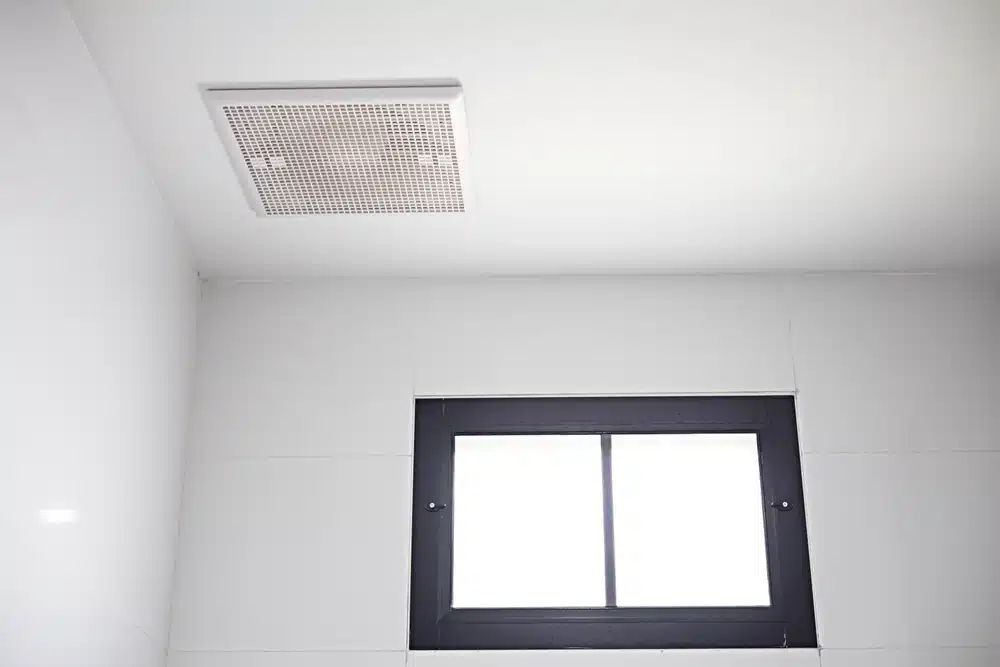
Ventilation is the intentional process of bringing in fresh outdoor air and removing stale indoor air. It’s crucial for maintaining healthy and comfortable environments in both buildings and enclosed spaces. Whether its your home or your office, and even public spaces, it is a critical issue to address.
Here’s a breakdown of the key purposes of ventilation:
- Improved Air Quality: The primary function of ventilation is to dilute and remove indoor air pollutants. These pollutants can include:
Carbon Dioxide (CO2): Produced by human respiration, CO2 buildup can lead to headaches, fatigue, and difficulty concentrating.
Moisture: High humidity levels can encourage mold growth and create a stuffy feeling.
Volatile Organic Compounds (VOCs): These are emitted from various sources like cleaning products, paints, and furniture. VOCs can irritate eyes, nose, and throat, and some may have long-term health effects.
Smoke and Odors: Cooking, cleaning products, and cigarette smoke can create unpleasant odors and irritate respiratory systems.
Dust and Allergens: Dust mites, pollen, and pet dander can trigger allergies and asthma.
By bringing in fresh air and removing these pollutants, ventilation helps create a healthier environment for occupants. Its results can include:
- Thermal Comfort: Ventilation plays a role in regulating temperature and humidity levels. In hot weather, ventilation helps remove warm air and bring in cooler air, making the space more comfortable. In cold weather, it can help remove excess moisture that can make the space feel colder.
- Reduced Risk of Illness: Proper ventilation helps reduce the spread of airborne diseases. By diluting airborne pathogens like viruses and bacteria, ventilation helps create a healthier environment and reduces the risk of occupants getting sick.
- Improved Concentration and Productivity: Studies have shown that good ventilation can improve cognitive function, concentration, and overall productivity. Poorly ventilated spaces with high CO2 levels can lead to fatigue and difficulty focusing.
What is the difference between a bathroom fan and exhaust fan?
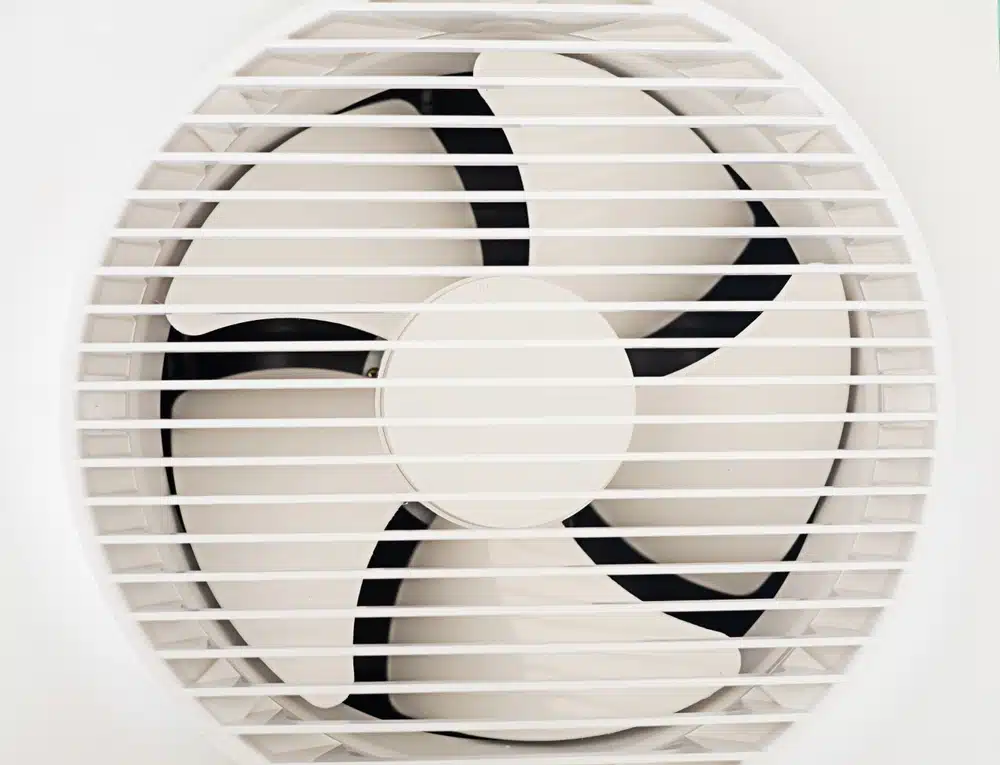
There is no difference between the two. An exhaust fan is just another name for an extractor fan which can be placed in bathrooms, kitchens, and other rooms. That being said, like with many appliances, extractor fans have been manufactured by multiple brands.
This means that some extractor fans will have different features compared to each other, in addition to dfiferences in performance between manufacturers and the models they create. However, in principle, they all operate on the same basis.
The basis that they operate on is to promote ventilation by removing humidity, odours, and stale air from the room it is installed in. As a result, you are at a reduced risk of mould developing, along with not being in an unpleasant environment, breathing air that is clearly not fresh.
Going forward, we will be referring to ‘exhaust fans’ as extractor fans, or bathroom extractor fans.
Where is the best place to have an extractor fan?
In a standard sized home, there are 4 areas in which an extractor fan should be placed to avoid any issues regarding humidity that can lead to mould. These are…
- The bathroom: As a result of hot showers, or even having a long self-care routine that involves using hot water constantly, steam can easily build up in a bathroom. If left to settle and not ventilated, this will eventually become condensation and then mould. Using an extractor fan will help to mitigate this, also helps to remove smells from the bathroom in a faster manner.
- The kitchen: Kitchens also have the capacity to generate steam due to cooking. But in this instance, it can easily be captured by a cooker hood. That being said, the residual heat in the atmosphere can contribute to humidity, hence why having an extractor fan is not only helpful but necessary.
- The utility room: If you use your utility room to wash and dry your clothes, having an extractor fan in here is a good idea. An extractor fan in your utility room will help to reduce the humidity that will build in the atmosphere as a result of your clothes drying.
- The attic: Heat rises, so in a lot of cases, your attic may bear the brunt of humidity. It may be worth considering installing an extractor fan in your attic, especially if there is a history of humidity or mould in that area.
Can I make my extractor fan better?
Yes. There are a few ways you can increase the efficiency of your extractor fan which we will share below.
- Get a replacement. If your extractor fan is very old, or on its way out, replacing it sooner rather than later is the best way to prevent any issues down the line.
- Change the settings. Most extractor fans have a selection of settings that you can customise to your preference. If one setting isn’t doing it for you, try another.
- Open a window. Although this may seem like a basic option, it is actually one of the most beneficial actions you can take. Whilst the extractor fan is operating, opening a window allows any humidity to leave at a faster rate than if it was only going through the extractor. For the best results, open the window whilst showering/cooking etc.
Does an extractor fan need maintenance?
Extractor fans are built to last, as long as they are installed correctly, with the right components. Maintenance of an extractor fan isn’t necessary to do frequently, once every few months may be more than enough.
However, in some instances, like if the efficiency of the fan has reduced, maintenance may be required from a professional. You can get maintenance conducted from independent HVAC experts, or the manufacturer of your mechanical ventilation.
Purchase a bathroom extractor fan today
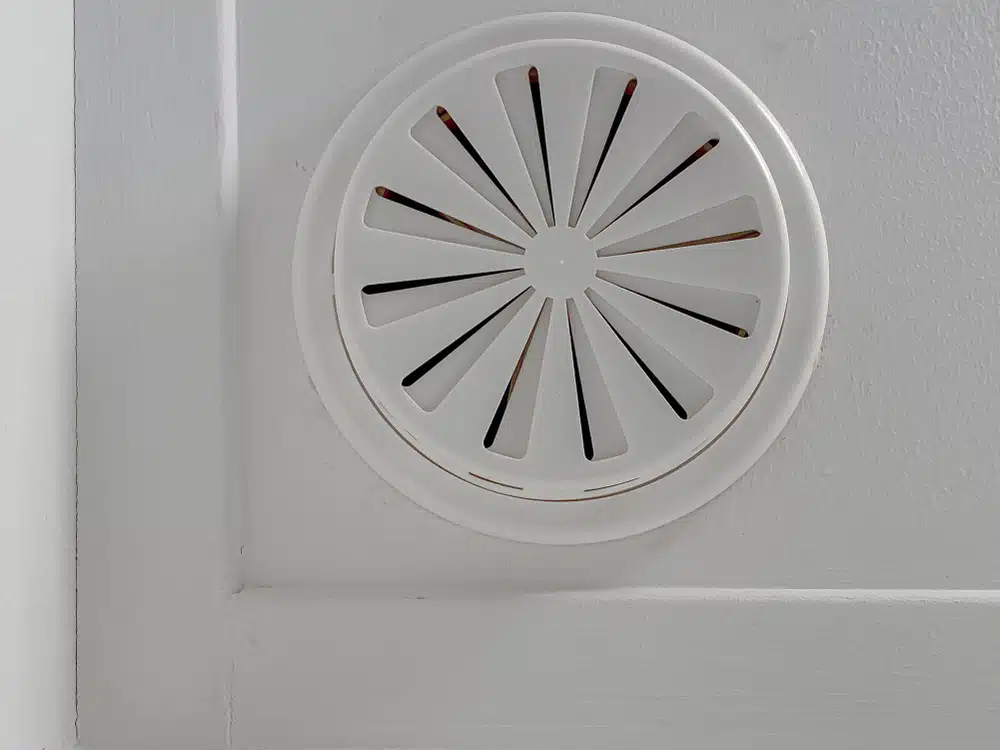
At I-Sells, all things ventilation and ducting related is our speciality, we are here to answer the questions we know are common for those new to HVAC and what it encompasses.
We at I-Sells endeavour to ensure our customers have all the information they require before investing in our mould solutions. Be sure to visit our blog page to learn about the vast array of factors and issues surrounding ventilation, mould, condensation, and much more.
Within this blog, we hope to have shown you have answered the question, ‘What is the difference between a bathroom fan and exhaust fan?’ Whilst providing you with supplementary information to help you, moving forward.
We understand you may have more questions, do not hesitate to contact us for more information about whatever you require our help with. If you’d like to email us, click here. For other contact options, see below:
Call us on 020 8463 9696
Visit us at our showroom:
*OPENING TIMES*
Monday – Friday: 8:00 am to 5:30 pm
Saturday: 9:00 am to 12:00 pm
Sunday: Closed
15 St John’s Parade
Sidcup, Kent
DA14 6ES
United Kingdom

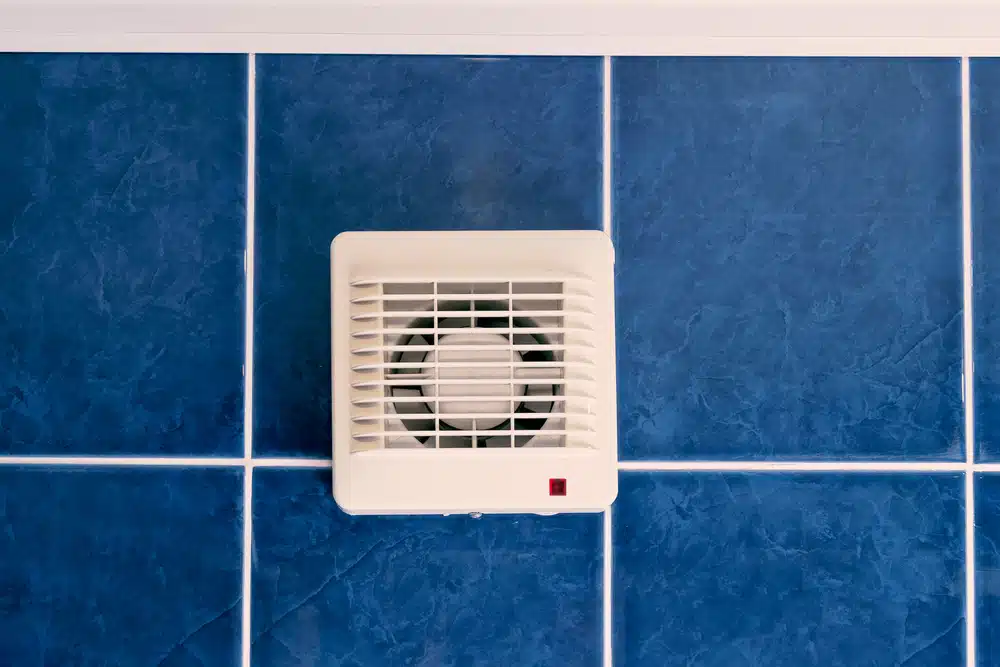


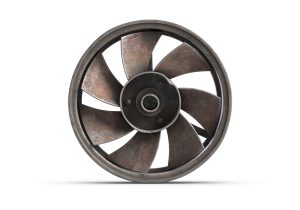

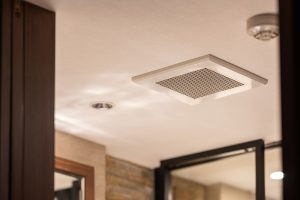





















Add comment
You must be logged in to post a comment.